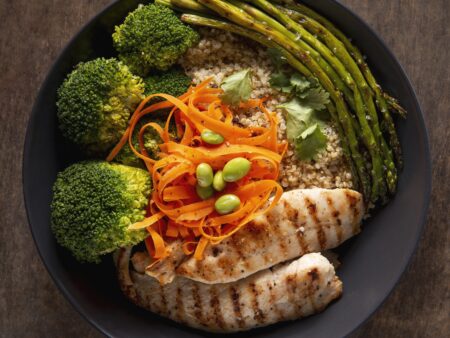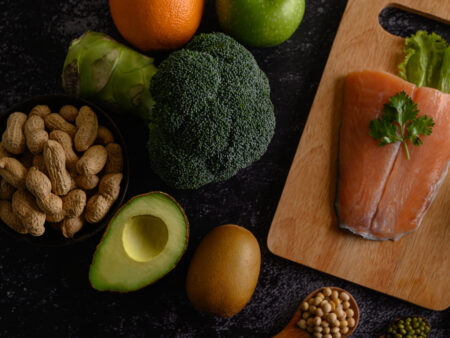
Chris Pine, born on August 26, 1980, in Los Angeles, California, is an acclaimed American actor known for his versatility and charm. Pine comes from a family deeply rooted in the entertainment industry, with both his parents, Robert Pine and Gwynne Gilford, being actors. He graduated from the University of California, Berkeley, with a degree in English before pursuing his passion for acting at the American Conservatory Theatre in San Francisco. Pine’s breakout role came in 2009 when he starred as James T. Kirk in the reboot of the “Star Trek” franchise. His performance was widely praised, leading to a successful career in both film and television. Some of his notable works include “Wonder Woman,” “Hell or High Water,” and “Jack Ryan: Shadow Recruit.”
Chris Pine is known for his private nature regarding his personal life. However, he has been linked to several high-profile relationships over the years. Pine is also an advocate for various social and political causes, often using his platform to raise awareness about issues such as environmental conservation and gender equality. Beyond acting, Pine has a keen interest in music and is an accomplished musician. He also enjoys reading and is a self-proclaimed literature enthusiast. His balanced approach to life and work has made him one of Hollywood’s most respected and relatable figures.
The Contractor: Chris Pine’s Workout Plan
For his role in “The Contractor,” Chris Pine needed to achieve a physique that was not only aesthetically pleasing but also functional, representing the character’s military background accurately. To accomplish this, Pine followed a rigorous workout regime focusing on strength, endurance, and agility.
1. Strength Training
Strength training was a cornerstone of Pine’s workout plan. The goal was to build muscle mass and improve overall strength, essential for the physical demands of his role.
– Compound Movements: Exercises like squats, deadlifts, bench presses, and military presses were integral. These compound movements target multiple muscle groups, enhancing strength and muscle growth.
– Weight Training Split: Pine followed a split routine, working different muscle groups on different days. Typically, his week might look like this:
– Monday: Chest and Triceps
– Tuesday: Back and Biceps
– Wednesday: Rest or Active Recovery (e.g., light cardio, stretching)
– Thursday: Shoulders and Abs
– Friday: Legs
– Saturday: Full-body functional workout
– Sunday: Rest
2. Endurance Training
To improve cardiovascular health and stamina, Pine incorporated various forms of endurance training.
– High-Intensity Interval Training (HIIT): Short, intense bursts of exercise followed by rest or low-intensity periods. HIIT sessions might include sprints, cycling, or circuit training.
– Steady-State Cardio: Running, rowing, or cycling at a moderate pace for 30-45 minutes to build cardiovascular endurance.
3. Functional Training
Given the physically demanding nature of his role, Pine included functional training to improve his agility, balance, and coordination.
– Bodyweight Exercises: Push-ups, pull-ups, and planks to build core strength and stability.
– Plyometrics: Jumping exercises like box jumps and burpees to enhance explosive power.
– Agility Drills: Ladder drills and cone drills to improve footwork and quickness.
4. Flexibility and Recovery
Flexibility and recovery were crucial to prevent injuries and ensure Pine could train consistently.
– Stretching Routines: Dynamic stretching before workouts and static stretching post-workout to maintain flexibility.
– Yoga and Pilates: To improve flexibility, balance, and core strength while aiding in muscle recovery.
– Massage Therapy and Foam Rolling: Regular sessions to reduce muscle soreness and improve circulation.
Chris Pine’s Diet Plan for The Contractor
Nutrition played a vital role in Pine’s transformation. His diet was meticulously planned to ensure he was getting the right balance of macronutrients to support muscle growth and recovery while maintaining a lean physique.
1. Macronutrient Breakdown
– Protein: Essential for muscle repair and growth. Pine consumed lean protein sources like chicken breast, turkey, fish, eggs, and plant-based proteins.
– Carbohydrates: For energy and recovery. He focused on complex carbs such as sweet potatoes, brown rice, quinoa, and vegetables.
– Fats: Healthy fats were included to support overall health. Sources included avocados, nuts, seeds, and olive oil.
2. Meal Timing and Frequency
Pine ate multiple small meals throughout the day to keep his metabolism active and provide a steady supply of nutrients.
– Breakfast: High-protein meal such as an egg white omelette with spinach and avocado, paired with a side of oatmeal or whole-grain toast.
– Mid-Morning Snack: Protein shake or a handful of nuts with a piece of fruit.
– Lunch: Lean protein (e.g., grilled chicken breast) with complex carbs (e.g., quinoa) and a large serving of vegetables.
– Afternoon Snack: Greek yogurt with berries or a protein bar.
– Dinner: Similar to lunch, focusing on lean proteins and vegetables, but with a lighter portion of carbs.
– Evening Snack: Casein protein shake or cottage cheese to support overnight muscle repair.
3. Hydration
Staying hydrated was critical for Pine, especially given the intensity of his workouts. He drank plenty of water throughout the day, aiming for at least 3 litres. Electrolyte-rich drinks were also included post-workout to replenish lost minerals.
4. Supplements
To support his dietary needs and enhance performance, Pine incorporated the following supplements:
– Whey Protein: For post-workout recovery.
– BCAAs (Branched-Chain Amino Acids): To reduce muscle soreness and improve recovery.
– Multivitamins: To ensure he was meeting his micronutrient requirements.
– Omega-3 Fatty Acids: For anti-inflammatory benefits and overall health.
– Creatine: To enhance strength and muscle mass.
Chris Pine’s dedication to his role in “The Contractor” showcases his commitment to embodying his character authentically. His meticulous approach to fitness and nutrition involved a strategic combination of rigorous workouts and a balanced diet, tailored to achieve a physique that was both impressive and functionally athletic. Pine’s transformation was not just about aesthetics; it was about creating a body that could realistically portray the physical capabilities of a military professional. This level of dedication required significant hard work and discipline, reflecting the demanding nature of Hollywood’s film industry, where such transformations are often crucial for delivering believable and compelling performances. Pine’s effort is a clear demonstration of the lengths to which actors go to ensure they do justice to their roles, contributing to the overall success and realism of their projects.






